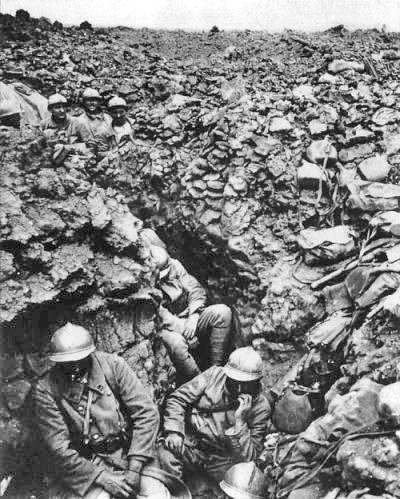
Fought between 21 February and 18 December 1916, the Battle of Verdun took place during the First World War on the Western Front between the German and French armies in north-eastern France. It was the longest single battle of the Great War, and was one of the reasons for General Haig to order the disastrous Battle of the Somme, in an attempt to take German pressure off the French at Verdun.
The battle came about as a result of German Chief of General Staff, von Falkenhayn, who wanted to “bleed France white” by launching a huge German attack on a narrow stretch of land that had historic sentiment for the French – Verdun. The area around Verdun contained twenty major forts and forty smaller ones that had historically protected the eastern border of France and had been modernised in the early twentieth century. 140,000 German troops launched the offensive, supported by 1,200 artillery guns that targeted 2,500,000 shells at the Verdun region. 1,300 ammunition trains were needed to supply this armament. The Germans also had complete air supremacy with 168 planes located in the area, the largest concentration of planes in history up to that point. To start with, the French only had 30,000 troops to oppose the Germans.
The battle lasted more than 300 days, with flame-throwers used for the first time to help the Germans advance the eight miles they needed in order to capture Verdun. By the end of April, the Germans had lost 120,000 men and the French 133,000, numbers that rose to 340,000 and 360,000 respectively by the end of the battle. It ended with French victory
